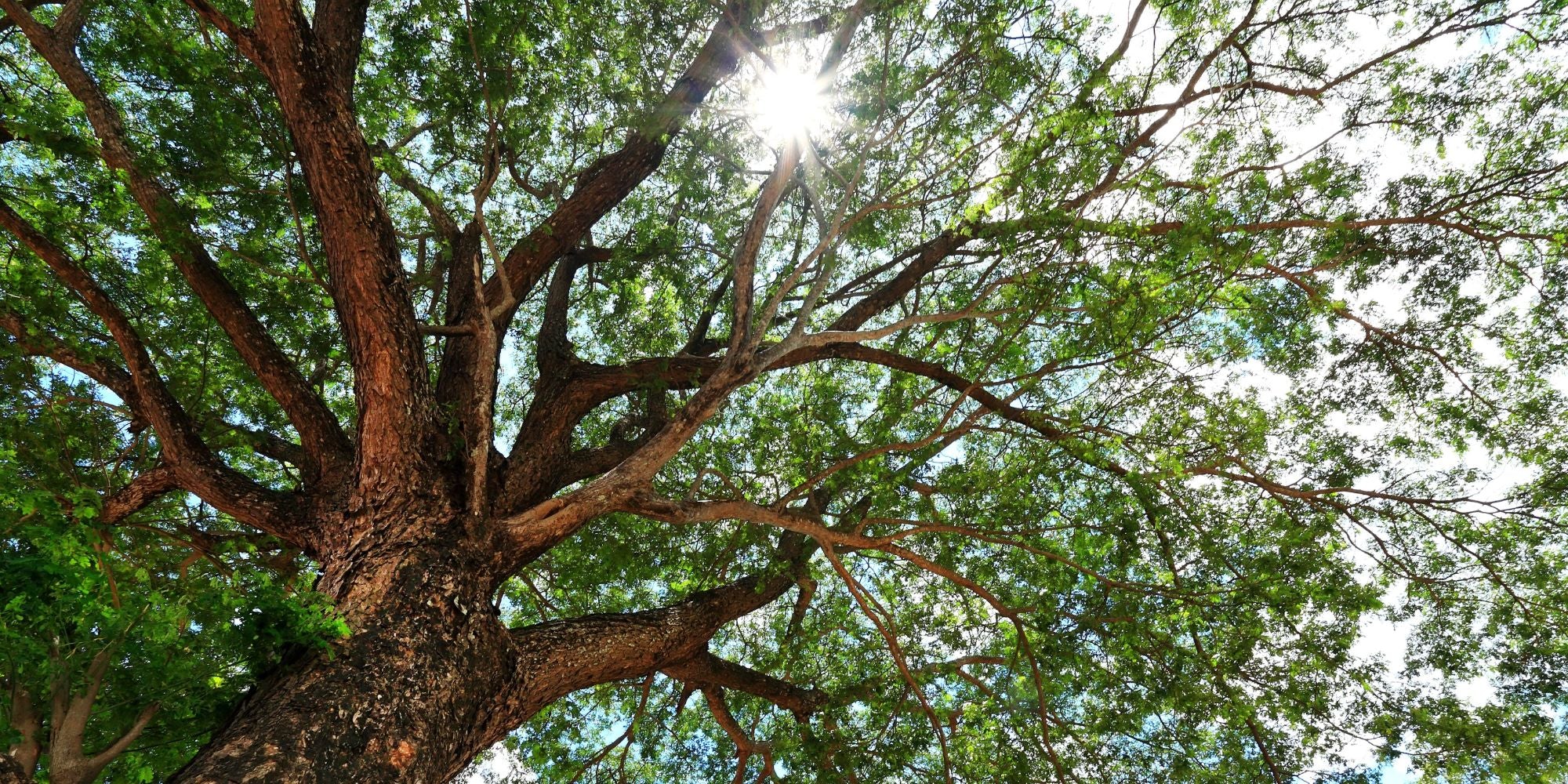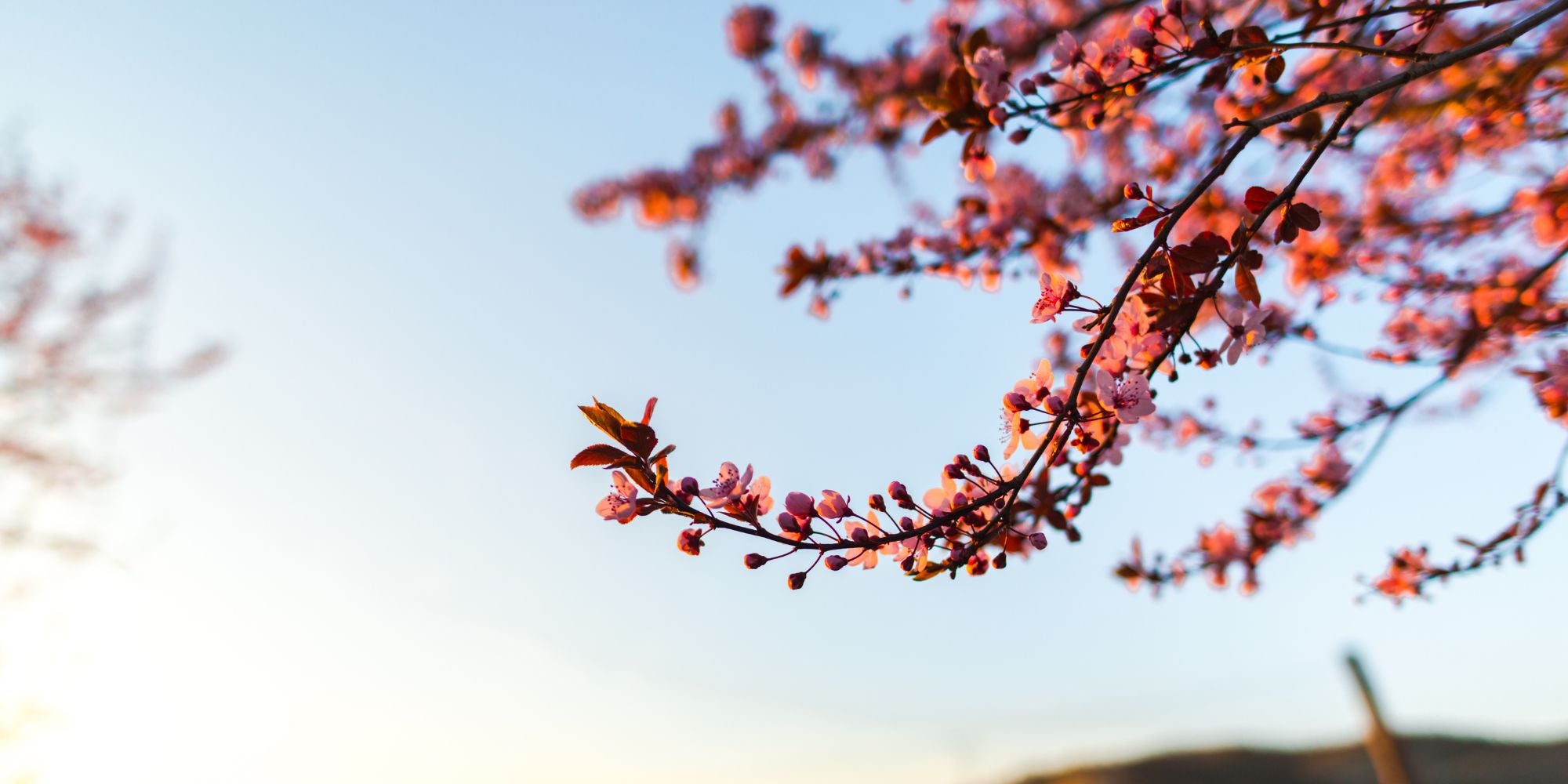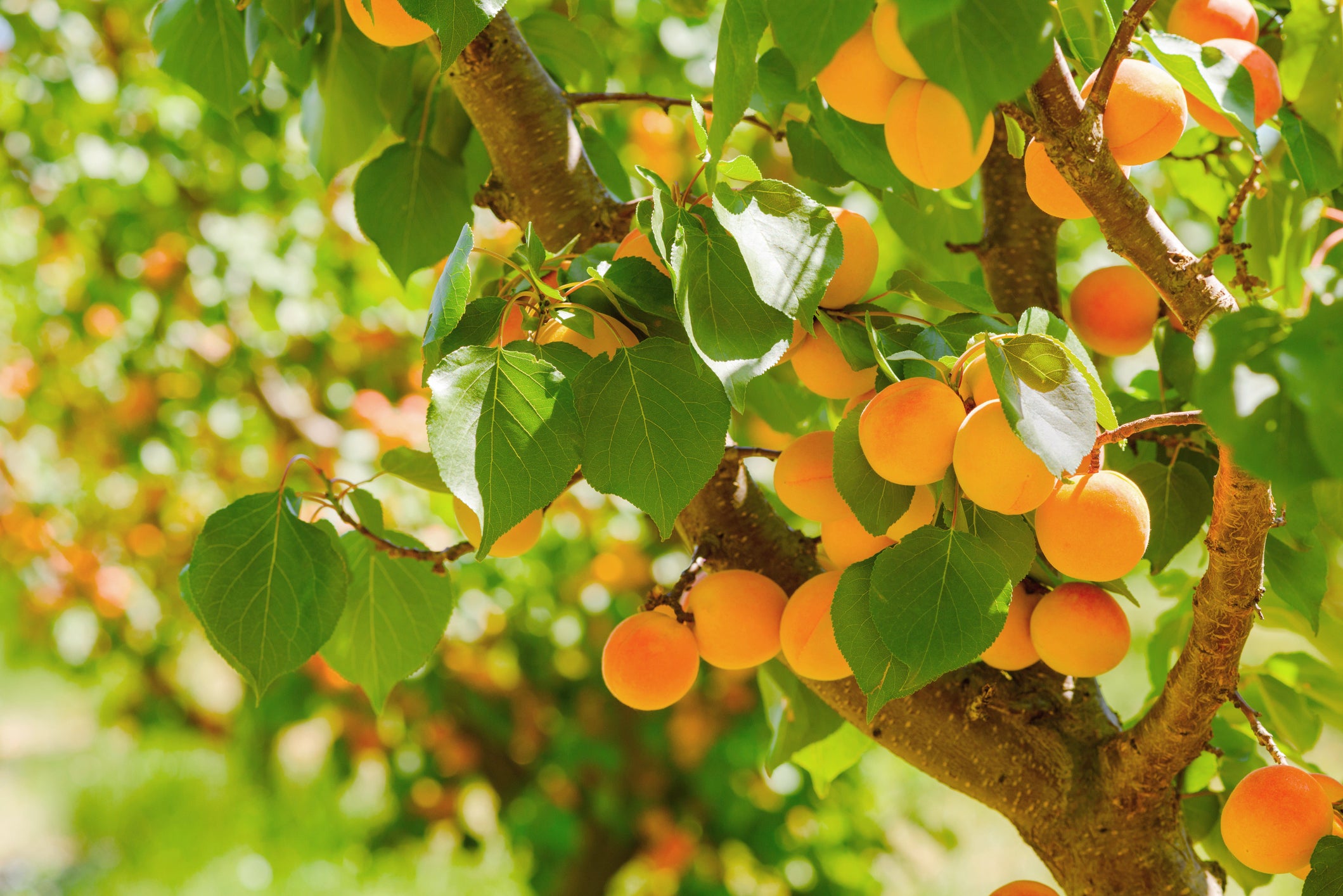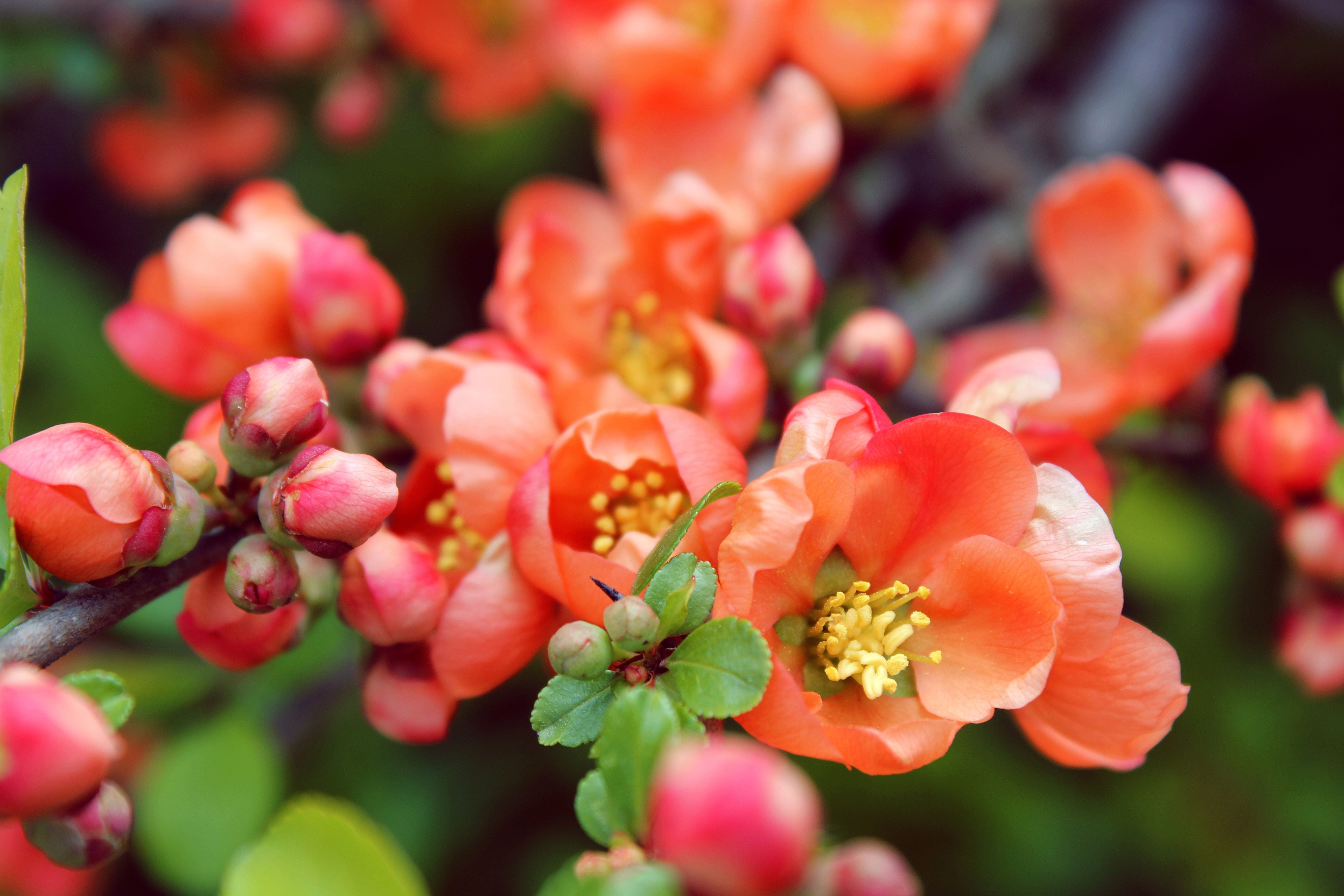Why do some trees change color and drop their leaves while others don't?

Autumn...cooler weather, shorter days, and landscapes covered in a large array of eye-catching yellows, brilliant oranges, vivid reds, and the occasional skeletal structure of early dropping leaves. But among all those fall shades and stripped branches are patches of full, lush greens going strong as if autumn hasn't arrived, how is that possible? To answer that question we first have to look at what makes these trees stand apart and why they are so different.
There are two main categories these trees fall into, the deciduous trees and the coniferous trees. Deciduous trees are those that partake in the autumn brilliance of color changing and leaf dropping, think of maples and oak trees that give you the typical fall color scenery. Coniferous trees or evergreens as they are also called, like cedars or the staple "Christmas Tree" pine, are those that keep their green leaves and full body, thus their name evergreens. But what does all this mean? Let's look at what makes them both so unique.
.

Deciduous Trees
Deciduous trees are typically green and lush. It's not till autumn rolls around that it brings a bright color pallet to paint the fields as far as the eye can see. But there is an important reason behind this than to just participate in the fall festivities and put forth a breath-taking view. During this time these trees start to prepare for the colder, harsher climate ahead, winter. They start a process known as their dormancy period to be able to preserve as much energy and food as possible to ensure the tree makes it to see another growth cycle.
Trees make leaves for one purpose, to make energy to help it grow bigger and stronger throughout its growth cycle and keep it alive. The pigment called chlorophyll, which gives it the green coloration, absorbs sunlight to be able to initiate photosynthesis to make food in the form of glucose. The leaves to a deciduous tree are both large to ensure they have the surface area to collect as much sunlight as possible, and thin because of the warmer months. This guarantees there is a bountiful production of glucose for energy to be as efficient as possible during the small window of their growth period from spring to summer months. All that said, trees use up a lot of energy to make each individual leaf. But as the days grow shorter and the climate gets colder, water and food are less readily available. As temperatures begin to drop, water starts to get closer to its freezing point, and the sunlight hours which the chlorophyll can harvest resources starts to diminish, a tree having and producing leaves now makes them an energy consuming, unproductive, life threatening, expended resource. To help offset this trees begin to reabsorb all the nutrients leftover, along with the chlorophyll, in the leaves to store in the trunk for the next optimal growth season. Because of this leaves being to loose their green pigmentation and begin to exhibit their true colors that were present but covered by the chlorophyll.
As the environment becomes less ideal with strong winds and freezing temperatures, the tree begins to cut off its losses of the now disposable leaves. The leaves don't actually "fall off" but are more so "cut off" by the tree. Abscission cells start to form at the base where the stalk is connected creating a barrier type layer and slowly push away the leaf till it is loose enough to either fall or be blown away. And since they also exude water through their surface, with no more connection to the trees water supply, they dry up and wither away. This is important as the leaves were not created to withstand such harsh environments and the tree is about to go into dormancy, leaving it at natures mercy. Their thin nature can catch gusty winds or with its wide structure rain or snowfall can collect, causing the weight to snap off a branch in the process.
.

Coniferous/Evergreen Trees
Coniferous trees do shed their leaves during autumn as well but unlike their counterpart, they don't shed all of their leaves at once and maintain their green foliage throughout winter. As we covered in an earlier part, leaves take a lot of work and resources to make each individual one. So instead of reaping their rewards and cutting their losses, these trees have evolved to be able to not only survive but sustain themselves year round.
Evergreens usually originate from colder, more extreme climates than deciduous trees, thus the necessity to make every drop of energy well spent. With shorter days and colder nights, every drop of water and glimpse of sunlight must be used wisely. Instead of flat, weightless leaves, conifers place most their energy on producing strong, needle-like leaves that have a waxy, fibrous coating making them more durable to withstand their harsher environments. With less surface area they are also able to diminish the amount of water that is lost through the leaves, preserving their resources to not suffer from dehydration. These leaves grow in a drooping manner on flexible branches to allow snow to slip off, avoiding trunk damage from the heavy weight. In winter months, this type of tree has developed a method to avoid cellular freezing by not only isolating water from their cells but lowering the freezing temperature of water as well to ensure its survival and avoid cell structure damage, whilst not consuming more energy. Though they do shed needles yearly, it is always being replaced by a new needle.
Creating such a durable structure does take time though with some only growing 6-12 inches a year, but this process allows for them to get a better photosynthetic return of investment. Some can take 1, 2 or even 50 years in the instance of the bristle cone pine to make back all they have put out in leaf energy. Though not all evergreens keep their leaves forever as it does depend on the hardiness zone of their place of origin. By doing this tedious process, conifers are able to retain all the important substances like nitrogen and phosphorus that are found in the leaves, allowing them to survive harsh climates.






